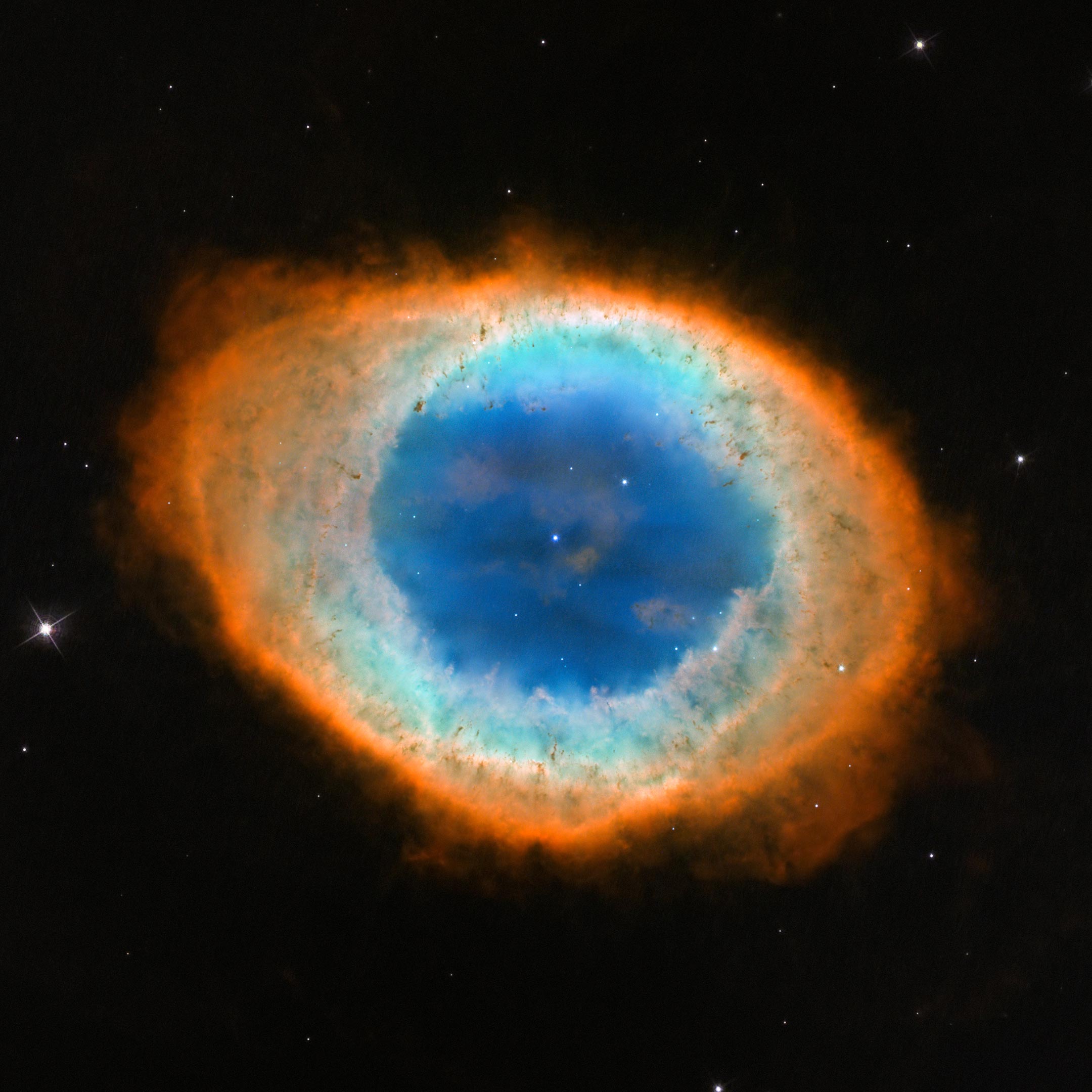En juin, les observateurs du ciel voudront voir les planètes Saturne, Mars, Jupiter, Vénus, l’amas d’Hercule et la constellation de la Lyre.
Quoi de neuf en juin ? La désintégration planétaire, symptôme majeur d’un amas d’étoiles bien connu, et la constellation de la Lyre.
Les points forts de l’observation du ciel pour juin 2022 incluent la collecte de quatre planètes à l’œil nu ([{ » attribute= » »>Saturn, Mars, Jupiter, and Venus) in the morning sky. Check these out, before they break up. There is also the Hercules Cluster, one of the most well-known globular clusters, which you’ll be able to see with just binoculars if you don’t have access to a telescope. Enjoy a nice view of the constellation Lyra, which is easy to locate by looking for Vega, one of the brightest stars in the sky.
Le rassemblement à l’œil nu de quatre planètes que nous apprécions dans le ciel du matin depuis quelques mois – y compris plusieurs appariements proches – a commencé à se défaire. Au cours des prochains mois, Saturne, Mars, Jupiter et Vénus apparaîtront de plus en plus dispersés dans le ciel du matin, à tel point que Vénus et Saturne feront leur sortie en tant qu’objets du matin pour la plupart des observateurs d’ici septembre.
Recherchez cette orbite planétaire de plus en plus divergente en juin et remarquez que le croissant de lune saute dans l’alignement le matin du 23.

Les planètes continuent de donner leurs spectacles le matin avant le lever du soleil en juin, la Lune rejoignant la programmation le 23. Crédit : NASA/JPL-Caltech
Juin est un excellent moment pour voir l’un des plus célèbres groupes de stars du football – M13, également connu sous le nom de groupe Hercule. Les amas globulaires sont des amas globulaires d’étoiles, serrés en leur centre. M13 contient lui-même des centaines de milliers d’étoiles.
Les amas globulaires sont également très anciens. On pense que l’âge des étoiles dans M13 est d’environ 12 milliards d’années, ce qui est proche de l’âge de l’univers lui-même. notre maison galactique,[{ » attribute= » »>Milky Way, is known to have about 150 globular clusters. They orbit outside the galaxy’s disk, traveling tens of thousands of light-years above and below its spiral arms and most of its stars.

Find M13 in Hercules by first locating the stars that form the Keystone, about a third of the way between bright stars Vega and Arcturus. Credit: NASA/JPL-Caltech
Now, the Hercules Cluster is best observed with a telescope, and larger telescopes will allow you to see more of the cluster’s stars. But you can also find it with a pair of binoculars, where it’ll look like a hazy little spot.
Find M13 in the constellation Hercules, which is high in the east in the first couple of hours after dark in June.

This image, taken by the Advanced Camera for Surveys on the Hubble Space Telescope, shows the core of the great globular cluster Messier 13 and provides an extraordinarily clear view of the hundreds of thousands of stars in the cluster, one of the brightest and best known in the sky. Just 25,000 light-years away and about 145 light-years in diameter, Messier 13 has drawn the eye since its discovery by Edmund Halley, the noted British astronomer, in 1714. The cluster lies in the constellation of Hercules and is so bright that under the right conditions it is even visible to the unaided eye. Credit: ESA/Hubble and NASA
First look for the bright stars Vega and Arcturus.
Then find the four stars that comprise “the Keystone,” which is the pattern making up the central part of Hercules.
You’ll find M13 about a third of the way between the two stars on the western, or leading, side of the Keystone.
So check out the Great Globular Cluster in Hercules, M13, in June, and find yourself staring at an ancient gathering of stars that soars high above the Milky Way.

Lyra is easy to locate in the sky, thanks to the brightness of Vega, which is part of the Summer Triangle asterism. Credit: NASA/JPL-Caltech
Finally in June, a quick introduction to one of the smaller constellations that’s home to one of the brightest stars.
That’s the constellation Lyra.
It represents a lyre, or harp, played by the musician Orpheus in Greek mythology.
In Arab cultures, as well as ancient Egypt and India, Lyra was seen as an eagle.
And the Inca of South America saw it as a llama.
Find Lyra by looking for Vega, which is the westernmost of the three bright stars in the Summer Triangle.

This image shows the dramatic shape and color of the Ring Nebula, otherwise known as Messier 57. From Earth’s perspective, the nebula looks like a simple elliptical shape with a shaggy boundary. However, observations combining existing ground-based data with new NASA/ESA Hubble Space Telescope data show that the nebula is shaped like a distorted doughnut. This doughnut has a rugby-ball-shaped region of lower-density material slotted into its central “gap,” stretching towards and away from us. It is located about 2,500 light years from Earth in the Lyra Constellation. Credit: NASA, ESA, and C. Robert O’Dell (Vanderbilt University)
In the Northern Hemisphere, you’ll find it halfway up the eastern sky in the first couple of hours after dark in June.
Vega is by far the brightest star in Lyra.
It’s the fifth brightest star in the sky and the second brightest in the Northern Hemisphere, after Sirius.
A pair of binoculars will help you see the others stars in Lyra, which form a sort of parallelogram hanging beneath it.
It’s sometimes described as looking a bit like a diamond ring, with Vega as the diamond.
And that’s not the only ring in Lyra. It’s also home to the famous Ring Nebula, where a star has blown off most of its outer layers, leaving behind a remnant star known as a white dwarf.
So let the bright star Vega lead you to Lyra, the harp constellation, in the June sky. And if you see it as an eagle, or a diamond ring, or a llama, well that’s perfectly okay too…

« Évangéliste généraliste de la bière. Pionnier du café depuis toujours. Défenseur certifié de Twitter. Internetaholic. Praticien du voyage. »






More Stories
Les scientifiques de l'UF espèrent arrêter la maladie bronzante mortelle des palmiers de Floride
L’Organisation mondiale de la santé affirme que le risque de transmission de la grippe aviaire aux humains constitue une « préoccupation majeure ». La grippe aviaire
rapide! Que quelqu'un récupère ce livre de médecin.